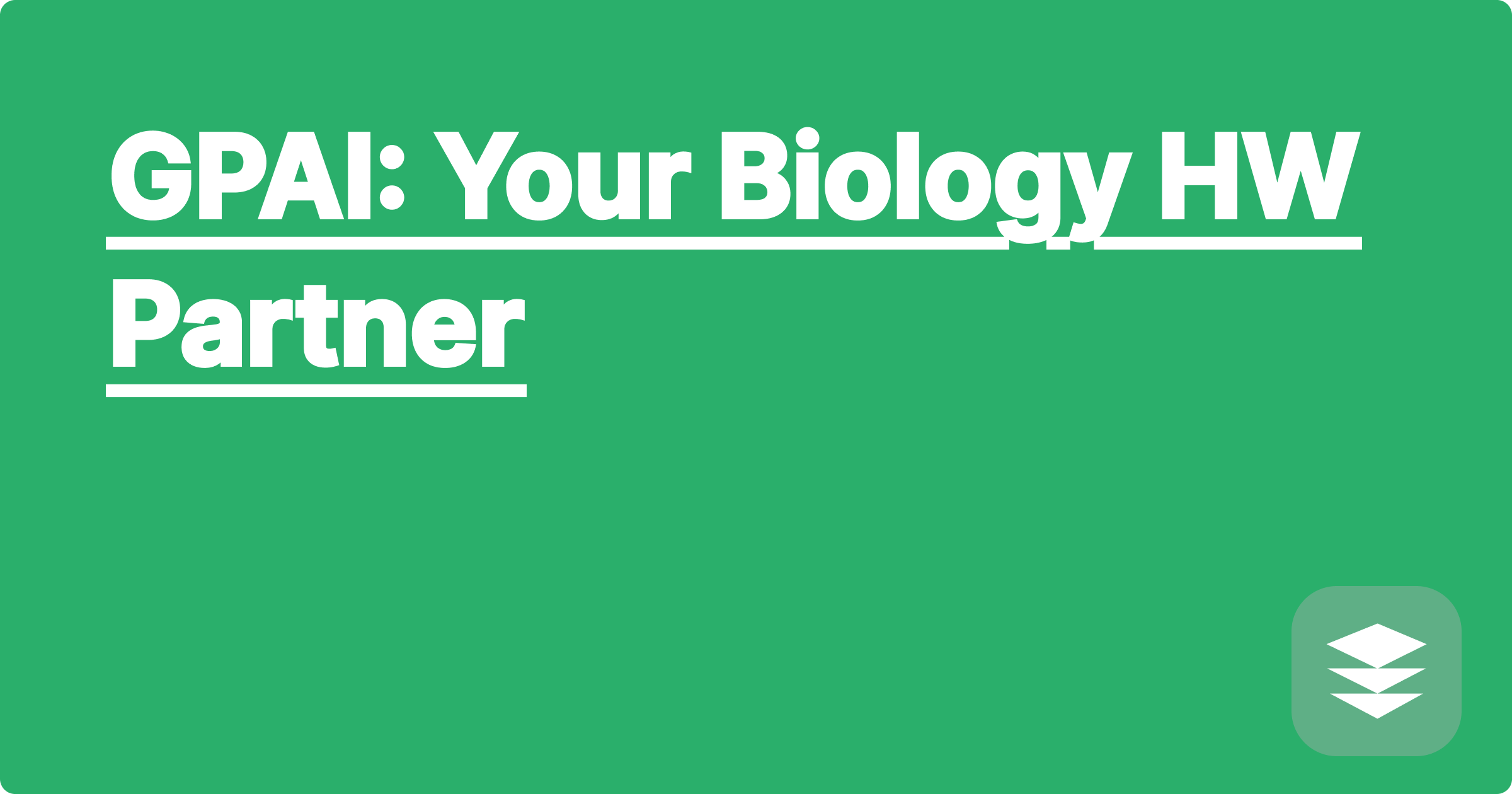
The sheer volume of information in STEM fields, particularly biology, can be overwhelming. Students and researchers alike grapple with complex concepts, intricate processes, and vast amounts of data. Artificial intelligence offers a powerful set of tools to navigate this complexity, providing support in everything from understanding fundamental concepts to analyzing complex datasets. AI can act as a virtual research assistant, helping to synthesize information, generate hypotheses, and even write sections of reports or papers.
For STEM students, AI can be a game-changer, especially when facing challenging biology homework. Imagine having a personalized tutor available 24/7 to explain difficult concepts, provide alternative explanations, and even generate practice problems. For researchers, AI can accelerate the research process by automating tedious tasks, identifying patterns in data, and suggesting new avenues of inquiry. This allows researchers to focus on the more creative and strategic aspects of their work, ultimately leading to faster discoveries and advancements.
Biology, as a field, is characterized by intricate systems, complex interactions, and vast amounts of data. Students often struggle with understanding core concepts like cellular respiration, photosynthesis, and genetic inheritance, which require memorizing complex pathways and applying them to different scenarios. Researchers face similar challenges when analyzing large datasets from experiments, requiring sophisticated statistical methods and computational tools. Furthermore, staying up-to-date with the latest research and literature is a constant challenge for both students and researchers, given the rapid pace of discovery in the biological sciences. This constant influx of information can make it difficult to synthesize knowledge and identify relevant information for specific research questions or homework assignments.
AI tools like ChatGPT, Claude, and Wolfram Alpha offer a range of capabilities to address these challenges. ChatGPT and Claude excel at explaining complex concepts in natural language, providing alternative explanations, and generating examples. They can also be used to brainstorm research ideas, summarize research papers, and even draft sections of reports or manuscripts. Wolfram Alpha, on the other hand, is particularly powerful for performing calculations, analyzing data, and accessing curated scientific knowledge. It can be used to solve equations, generate plots, and access information on biological entities like genes, proteins, and pathways. By combining these tools, students and researchers can create a powerful AI-powered workflow for tackling even the most challenging biology assignments.
Begin by clearly defining the problem or question you want to address. This could be a specific homework problem, a research question, or a concept you're struggling to understand. Next, select the appropriate AI tool for the task. If you need help understanding a concept, ChatGPT or Claude are excellent choices. If you need to perform calculations or access specific data, Wolfram Alpha is a better option. Once you've selected your tool, formulate your query or prompt carefully. Be specific and clear about what you want the AI to do. For example, instead of asking "Explain photosynthesis," ask "Explain the light-dependent reactions of photosynthesis and their role in producing ATP and NADPH." After receiving the AI's response, critically evaluate the information provided. Cross-reference the information with other sources and ensure that it aligns with your understanding of the subject matter. Finally, iterate on your query or prompt if necessary. If the initial response isn't helpful, try rephrasing your question or providing more context.
Suppose you're struggling with a homework problem on Hardy-Weinberg equilibrium. You can use Wolfram Alpha to calculate allele frequencies, genotype frequencies, and determine whether a population is in equilibrium. Simply input the relevant data, such as the observed genotype frequencies, and Wolfram Alpha will perform the calculations and provide the results. Alternatively, if you're researching the role of a specific gene in cancer development, you can use ChatGPT to summarize recent research papers on the topic, identify key pathways involved, and even generate hypotheses for future research. For example, you could ask ChatGPT to "Summarize the current understanding of the role of p53 in cancer development" and it will provide a concise overview of the topic based on current research.
To maximize the benefits of AI in your studies and research, develop a strategic approach. Don't rely solely on AI for answers; instead, use it as a tool to enhance your learning and research process. Always verify the information provided by AI tools with reputable sources. Develop strong critical thinking skills to evaluate the information and ensure its accuracy and relevance. Use AI to explore different perspectives and approaches to problem-solving. By combining the power of AI with your own critical thinking and problem-solving skills, you can achieve greater academic success.
In conclusion, AI offers a powerful suite of tools for STEM students and researchers, particularly in the field of biology. By understanding the capabilities and limitations of these tools and using them strategically, you can overcome challenges, accelerate your learning, and achieve your academic and research goals. Start exploring these tools today and discover how they can transform your approach to biology. Experiment with different AI platforms and find the ones that best suit your learning style and research needs. The future of STEM learning and research is here, and it's powered by AI.
GPAI: Programming Homework Help